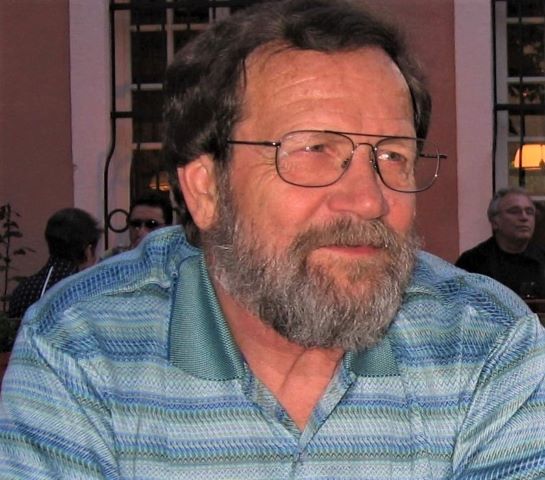Today’s high-speed designs use a variety of power delivery components and successfully designing a PDS and the PCB into which is incorporated requires a thorough understanding of the overall power delivery system. This course examines how to meet the conflicting goals of the PDS system and how to address power plane, impedance and overall system capacitance issues.
Learning Objectives
Upon completion of this course, students will have an understanding of the following:
- PDS process – conflicting demands and goals
- Taking a look at loads, setting load I/C data and what to do when I/C data is not available
- Characteristics of PDS components, Planes-L, C, R resonances
- Getting power into and out of plane, as well as combining planes and capacitors
- Deciding on PDS impedance and making all power rails low impedance
- Determining types and quantities of capacitors
- Designing a PCB stackup and how to address four-layer PCBs that have no plane capacitance
- Where return currents flow
- Capacitance located on die and on package
- A design process that includes PDS design
- PDS design tools
- Simulating and testing the PDS
This class is structured to take you through the entire PDS design process, including how to arrive at a reliable design in the shortest amount of time and at the lowest cost possible with a minimal use of single-source suppliers and specialty components and materials.
The materials and examples used are drawn from several real-world designs of PDS systems in current manufacture. These examples range from subminature disc drives to terabit routers and supercomputers. The design process presented is based on many years of completing designs that are “right the first time”.
The goal of the course is for you to take the information learned in class and start applying it immediately to designs-to trouble-shoot existing designs or incorporate into next-generation product iterations.
About the Instructor

Founder and president of Speeding Edge, Lee Ritchey is considered to be one of the industry´s premier authorities on high-speed PCB and system design. He conducts on-site private training courses for high technology companies and also teaches courses for UC Berkeley´s extension program as well as industry trade shows and technical conferences. In addition, he provides consulting services to top manufacturers of Internet and server products.
Prior to founding Speeding Edge, Ritchey served as Program Manager for 3Com Corporation in Santa Clara, California where he was responsible for overseeing the signal integrity aspects of hardware design and product packaging for the company´s router, switch, hub and NIC products. Before this, he served as Engineering Manager for Maxtor where he was responsible for the development of high performance disc drives. Previously, he was cofounder and vice president of engineering and marketing of Shared Resources, a design services company specializing in the design of high-end supercomputer, workstations and image products. Earlier in his career, he designed RF and microwave components for the Apollo space program and other space platforms.
Ritchey holds a B.S.E.E. degree from California State University, Sacramento where he graduated as outstanding senior. In 1998, he was profiled by EE Times, as “the high-speed design ratchet man”. In 2004, Ritchey began contributing a regular column, “PCB Perspectives,” which appears once a month in EE Times.





